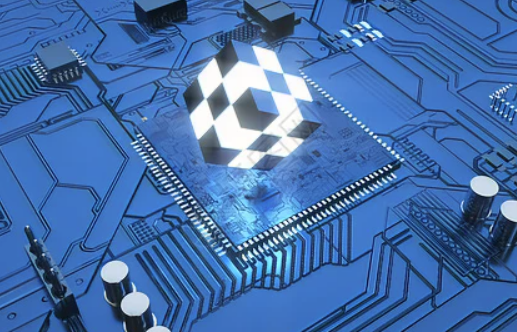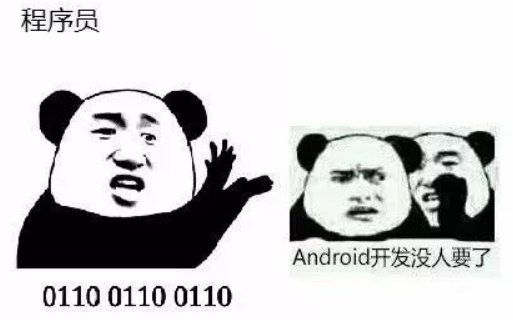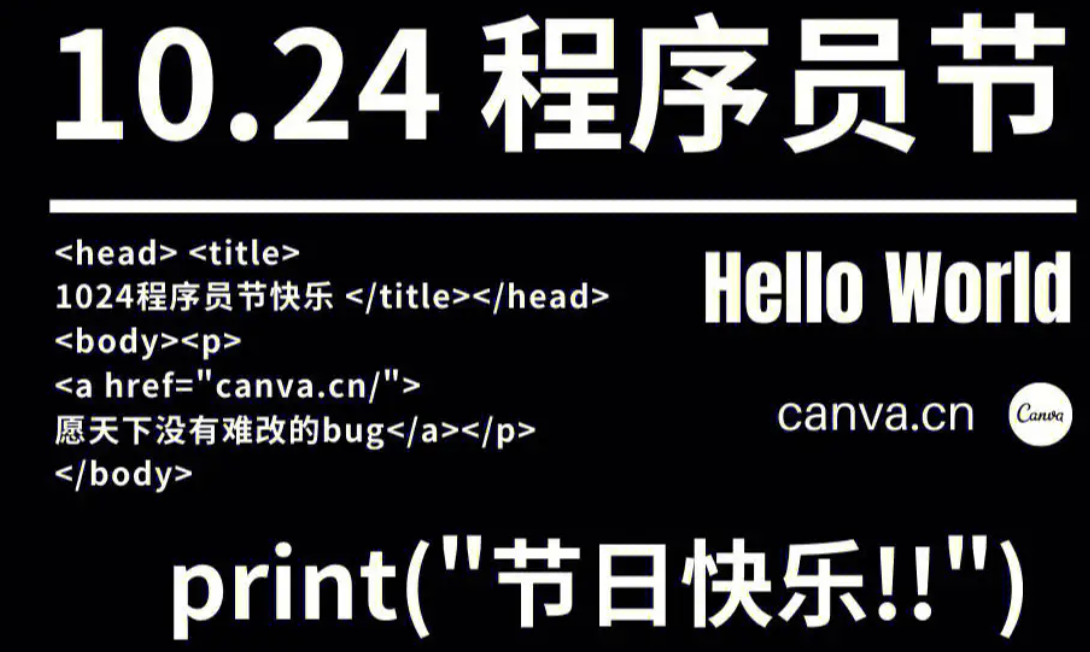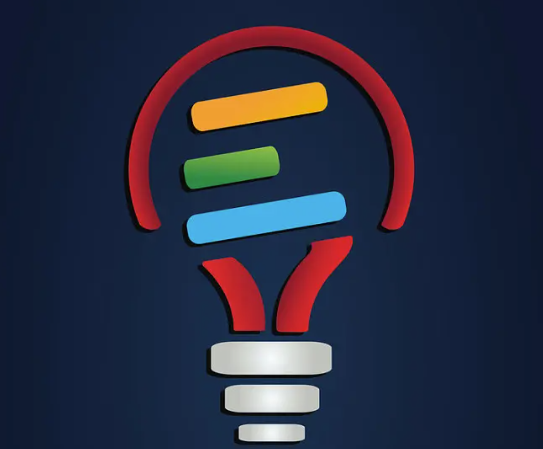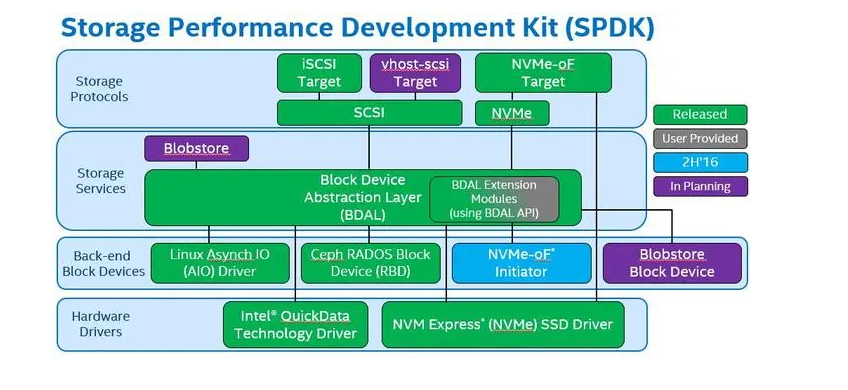To shape a classifier to the view of bounding boxes (bboxes), you can use an object detection approach instead of a traditional classification model. Object detection algorithms not only classify objects but also provide their respective bounding box coordinates.
Here’s a general workflow to shape the classifier for bbox views:
Dataset Preparation: Collect or annotate a dataset that includes both images and corresponding bounding box annotations. Each annotation should consist of the class label and the coordinates (x, y, width, height) of the bounding box around the object.
Model Selection: Choose an object detection model that suits your requirements. Popular choices include Faster R-CNN, YOLO (You Only Look Once), and SSD (Single Shot MultiBox Detector).
Data Preprocessing: Resize all images to a fixed size suitable for training the object detection model. Normalize pixel values if necessary.
Model Training: Fine-tune or train an object detection model using your prepared dataset. The training process involves optimizing both classification and regression losses simultaneously to predict class labels and bounding box coordinates accurately.
Evaluation and Tuning: Evaluate your trained model using appropriate evaluation metrics like mean Average Precision (mAP). If necessary, fine-tune hyperparameters or adjust the model architecture to improve performance.
Inference: Use the trained model to predict class labels and bounding box coordinates in unseen images.
By following these steps, you can develop an object detection-based classifier that takes into account not only classifying objects but also localizing them with bboxes in images.
内容由零声教学AI助手提供,问题来源于学员提问





